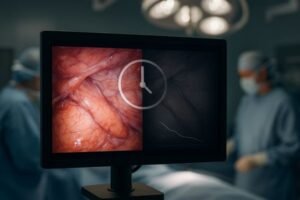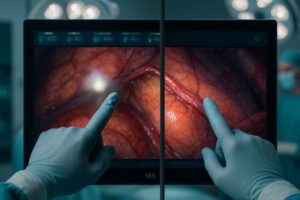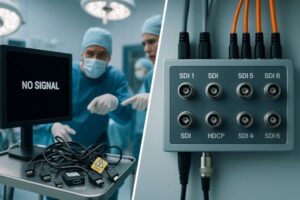Inaccurate mammogram readings delay treatment and risk misdiagnosis. This jeopardizes patient outcomes. Reshin’s advanced mammography displays deliver consistent, precise imaging for early, reliable diagnosis.
Reshin’s state-of-the-art mammography display solutions utilize cutting-edge imaging technology, low-dose mammography imaging, and AI-assisted diagnostic systems to deliver exceptional image clarity and consistency. Adhering to strict DICOM standards, our displays empower clinicians with precise, reproducible results, enhancing early breast cancer detection and clinical decision-making.
Continue reading to explore the six essential criteria for choosing an ideal [mammography](https://reshinmonitors.com/mammography-display-vs-ct-stricter-5mp-gsdf/ “mammography”) display that transforms early diagnosis.
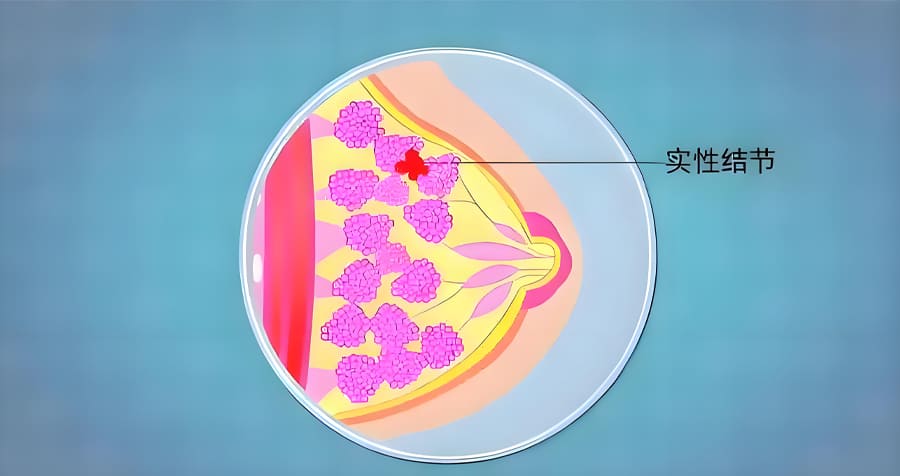
1. Why Do Different Doctors Interpret the Same Mammogram Differently? How Does Reshin Standardize Diagnoses?
Differences in mammogram interpretations often arise from variations in display calibration, image contrast, and color accuracy. Inconsistencies between monitors can lead to significant diagnostic discrepancies, causing delays in treatment and potential misdiagnosis. Reshin addresses this issue by implementing rigorous calibration protocols and ensuring our displays meet strict DICOM standards. Our advanced imaging technology standardizes color reproduction and luminance, enabling consistent and reproducible results. By providing uniform, high-quality images, Reshin reduces subjectivity and enhances diagnostic accuracy. This means that regardless of who reviews the image, clinicians can rely on consistent data for early breast cancer detection. The integration of AI-assisted diagnostic tools further refines the process by offering a second, unbiased analysis, ensuring that every mammogram is interpreted accurately and reliably.
2. Is Mammography Radiation Risky? How Does Reshin Deliver Clear Images with Lower Doses?
Radiation exposure in mammography is a critical concern, as high doses can increase patient risks. Traditional imaging systems often face a trade-off between reducing radiation and maintaining image clarity. Reshin’s solution leverages low-dose mammography imaging technology that utilizes advanced sensors and optimized signal processing to deliver high-definition images with minimal radiation. This innovative approach not only protects patients by lowering exposure but also ensures that the image quality remains uncompromised. The system’s rigorous calibration and adherence to safety protocols further guarantee that each image meets clinical requirements for early breast cancer detection. By minimizing the radiation dose without sacrificing detail, Reshin’s displays provide a safer diagnostic tool for both routine screenings and complex examinations.
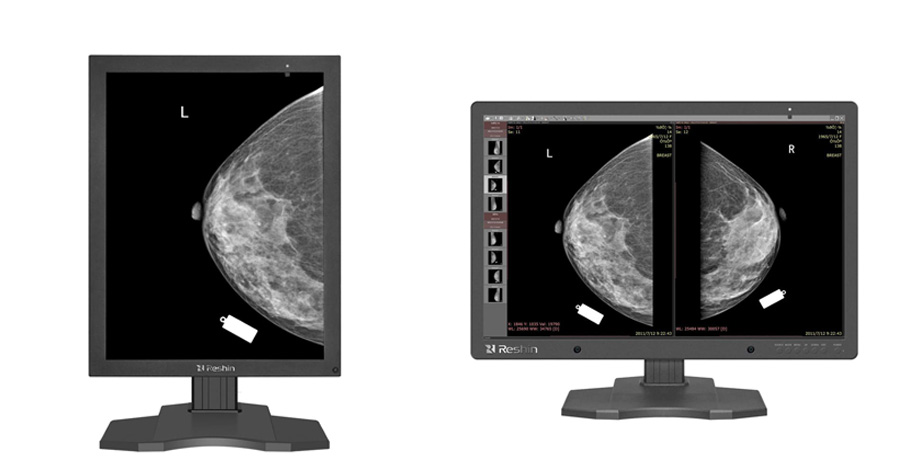
3. Days Waiting for Results? Can Reshin’s AI Really Deliver Reports the Same Day?
Timely diagnosis is crucial in breast cancer screening, yet many facilities experience delays due to manual image analysis. Reshin’s integration of an AI-assisted diagnostic system drastically shortens turnaround times by automatically analyzing mammograms and generating preliminary reports on the same day. This rapid processing not only alleviates patient anxiety but also accelerates clinical decision-making. The system is trained on extensive datasets, ensuring high accuracy and consistency. Its ability to deliver same-day results streamlines workflow and allows clinicians to start treatment sooner, which is especially vital for early-stage cancer detection. By reducing waiting periods, Reshin’s AI enhances overall operational efficiency, ultimately leading to improved patient outcomes and increased trust in diagnostic technology.
4. Should Young Women Get Screened? What’s Reshin’s Breakthrough Tech for Dense Breasts?
Dense breast tissue can obscure mammographic images, making early detection challenging, particularly in younger women. Reshin has developed breakthrough Dense Breast Screening Technology that enhances contrast and detail in dense tissues. By leveraging advanced image processing and high-resolution displays, our system improves visualization, ensuring that even subtle abnormalities are detected. This technology is designed to overcome the limitations of conventional screening, providing a clearer and more reliable diagnostic tool. In clinical trials, our solution has demonstrated significant improvements in accuracy, reducing false negatives and increasing early detection rates. For young women with dense breasts, this breakthrough means more reliable screening and timely intervention, ultimately leading to better outcomes and enhanced patient confidence in their healthcare provider’s diagnostic capabilities.
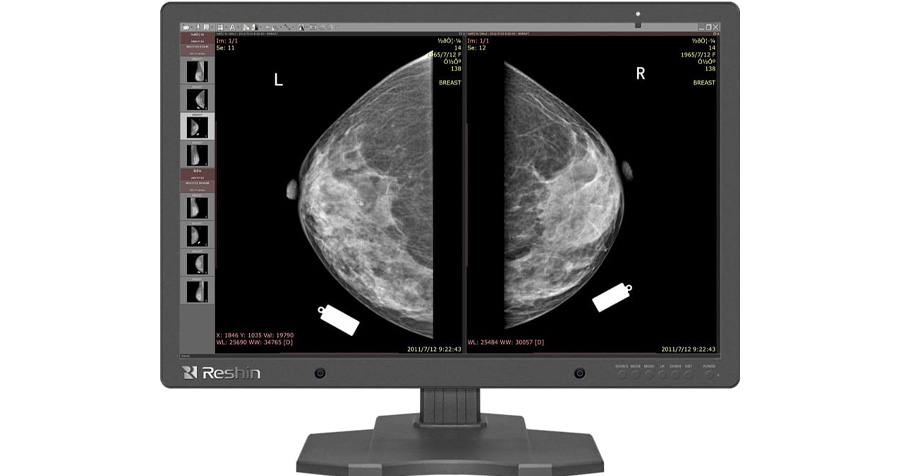
5. Outdated Equipment Causes Misdiagnoses – Is Reshin’s Solution Affordable for Community Hospitals?
Community hospitals often struggle with outdated imaging equipment that can lead to misdiagnoses and compromised patient care. Reshin’s innovative mammography display solutions are engineered to be both cutting-edge and cost-effective. Although advanced, our technology is competitively priced and designed for durability, reducing long-term maintenance costs. By meeting rigorous standards such as DICOM certification, our displays ensure consistent image quality and reliability, which is critical for accurate diagnostics. This balance between high performance and affordability makes Reshin’s solutions an attractive option for community hospitals seeking to upgrade their systems without incurring prohibitive costs. Investing in our technology not only enhances diagnostic accuracy but also improves workflow efficiency and overall patient outcomes, making it a smart, sustainable choice.
6. How Does Standardization of Mammography Diagnosis Improve Early Breast Cancer Detection?
Standardization in mammography diagnosis is crucial for reducing variability and enhancing diagnostic accuracy. Differences in display calibration, image contrast, and color reproduction can lead to inconsistent interpretations among radiologists. Reshin addresses these challenges by implementing stringent calibration processes and adhering to international standards like DICOM. This standardization ensures that all images are consistent, enabling more reliable comparisons and precise diagnoses. Consistent imaging quality supports early breast cancer detection, as subtle changes in tissue appearance are more easily identified. Furthermore, the integration of AI-assisted diagnostic tools further minimizes subjectivity, offering a second layer of analysis that refines the diagnostic process. By standardizing mammography diagnosis, Reshin not only improves clinical outcomes but also fosters greater confidence among healthcare professionals, ultimately leading to better patient care.

